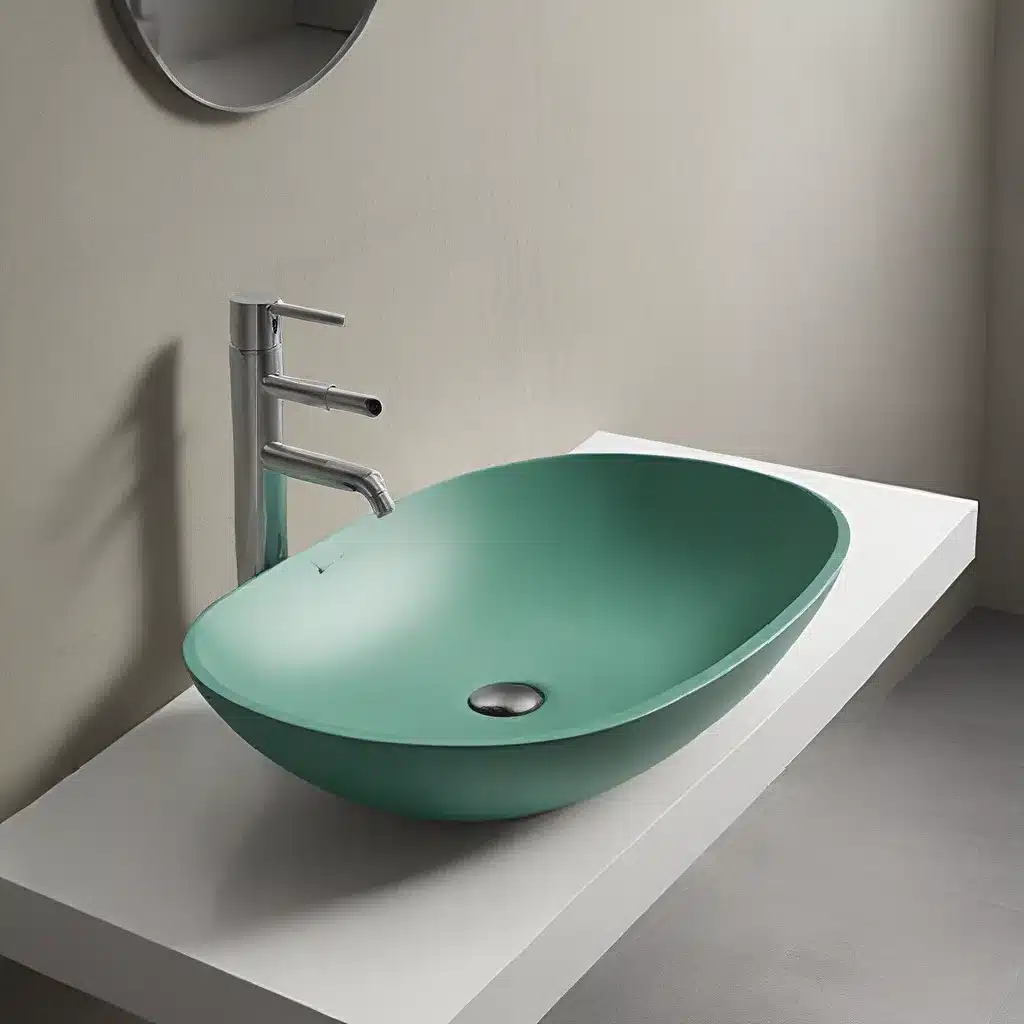
As the demand for sustainable living and eco-friendly home design continues to grow, the humble washbasin has emerged as a critical component in the pursuit of water conservation. In this comprehensive guide, we’ll explore innovative washbasin designs, materials, installation considerations, and maintenance tips to help you create a water-efficient bathroom that aligns with your green living goals.
Washbasin Designs for Water Conservation
When it comes to water-efficient washbasins, the design plays a crucial role. Undermount and vessel sinks are popular choices, as they often feature smaller basin sizes and more streamlined silhouettes that reduce water usage during routine tasks like handwashing and teeth brushing.
Another innovative design is the wall-mounted washbasin, which eliminates the need for a vanity cabinet and can be positioned at an optimal height for water conservation. These space-saving fixtures are particularly well-suited for smaller bathrooms, as they free up valuable floor space while promoting a minimalist, sustainable aesthetic.
For those seeking a more traditional look, pedestal sinks offer a clean, elegant solution that can still contribute to water savings. By minimizing the basin size and focusing on essential functionality, these freestanding fixtures help reduce unnecessary water consumption.
Choosing Sustainable Washbasin Materials
The materials used in washbasin construction can have a significant impact on their long-term water efficiency and environmental impact. When selecting a washbasin, consider the following sustainable options:
Bamboo: As a rapidly renewable resource, bamboo is an increasingly popular material for washbasins. Bamboo washbasins are not only eco-friendly but also visually striking, adding a natural, organic touch to any bathroom.
Reclaimed Wood: Repurposing salvaged or reclaimed wood for washbasin vanities or countertops is a sustainable approach that adds character and reduces waste. These unique, one-of-a-kind pieces can be seamlessly incorporated into rustic or industrial-inspired bathroom designs.
When evaluating materials, also consider the water efficiency of the basin itself, as some designs may be better suited for reducing water consumption than others.
Washbasin Installation Considerations
Proper washbasin installation is crucial for ensuring long-term water efficiency and optimal performance. Here are some key factors to consider:
Plumbing Placement: Carefully plan the placement of your washbasin’s water supply and drain lines to minimize the distance water travels, reducing water waste during warm-up and use.
Vanity and Countertop Design: If opting for a vanity-mounted washbasin, ensure the design allows for easy access to the faucet and basin, enabling efficient water use during handwashing and other tasks.
Drainage and Overflow Protection: Proper drainage and overflow prevention mechanisms are essential for maintaining water efficiency and preventing leaks or water damage over time.
By carefully considering these installation factors, you can create a water-conscious bathroom that maximizes the efficiency of your washbasin and reduces unnecessary water waste.
Washbasin Maintenance for Ongoing Water Savings
To maintain the water efficiency of your washbasin over time, it’s essential to establish a regular maintenance routine. This includes:
Cleaning and Descaling: Regularly cleaning the basin and faucet, and addressing any mineral buildup or scale formation, can help ensure optimal water flow and prevent clogs.
Leak Inspection: Carefully inspect the basin, faucet, and associated plumbing for any signs of leaks, and address them promptly to avoid water waste.
Upgrades and Retrofits: As new water-saving technologies and design innovations emerge, consider upgrading or retrofitting your washbasin to take advantage of the latest water-efficient features.
By dedicating time and attention to the maintenance of your washbasin, you can ensure that your green home’s water efficiency remains high and your environmental impact is minimized.
Conclusion
In the pursuit of sustainable living, the washbasin is a crucial component that deserves thoughtful consideration. By exploring innovative designs, selecting eco-friendly materials, and prioritizing proper installation and maintenance, you can create a water-efficient bathroom that aligns with your green home aspirations.
Remember, every drop of water saved contributes to a more sustainable future. Incorporate these washbasin tips into your home renovation or new construction plans, and take pride in your commitment to water conservation and environmental stewardship.
For more information on washbasins and other bathroom fixtures, be sure to explore our comprehensive selection and expert guidance. Together, we can design bathrooms that are not only beautiful but also water-efficient, contributing to a more sustainable tomorrow.

